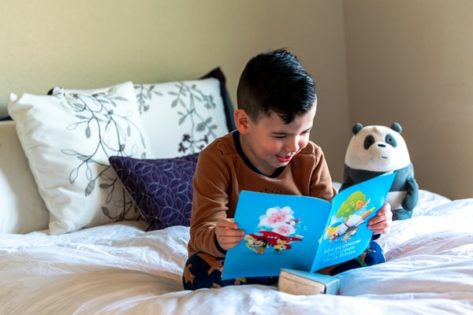 Picture books are quick reads, fun, and often gems of characterization, mood, sensual detail, and dialogue. They are also perfect for learning the basics of storytelling—regardless of the writer’s age, or genre. One thing well-written picture books do is to organize what’s happening in a coherent way—and they do this quickly. Usually within 32 pages and less than 1,000 words.
Picture books are quick reads, fun, and often gems of characterization, mood, sensual detail, and dialogue. They are also perfect for learning the basics of storytelling—regardless of the writer’s age, or genre. One thing well-written picture books do is to organize what’s happening in a coherent way—and they do this quickly. Usually within 32 pages and less than 1,000 words.
There are a variety of story-mapping, or outlining, techniques that can be used in pre-writing. All of these are helpful. But I’ve found that seeing the internal structure of a story is especially helpful for visual learners. In fact, when I teach writing I often ask students to draw the plot of their stories. If a writer can envision how it fits together it’s much easier to catch gaps, and to discover where in the story events should happen.
While I was spending 24+ years as a librarian, primarily in youth services, I took the time to analyze a number of the picture books and came up with 10 basic types of plot structures. Below are five of them—the simplest ones. I’ll post the next five more interesting ones in Part II of “Plotting the Picture Book.” Note: you may occasionally come across a slight variation on one of the types shown below.
More and less of things
Less to More: An example is “There was an Old Lady Who Swallowed a Fly.” In that case it’s from smaller to bigger items that she swallows.
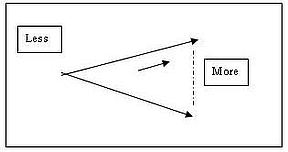
More to Less: An example would be the classic story of “Ten Little Monkeys Jumping on the Bed.”
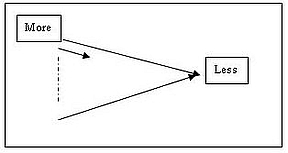
Overlapping More & Less: In the book The Doorbell Rang by Pat Hutchins as more children arrive, the number of cookies for each dwindles.
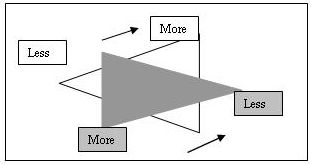
In step with time
Linear Time: And example of this is Eric Carle’s The Very Hungry Caterpillar.

Circular Time: Laura Numeroff’s book, If You Give a Mouse a Cookie uses this structure.
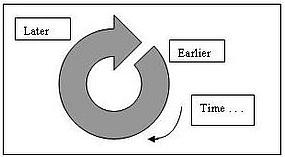
More to come! Keep on the look-out for next month’s posting in which I’ll introduce an additional five plot structures. Or go to www.shutta.com/resources to find a handout with more information about plotting the picture book.
Resources
- Eric Carle, The Very Hungry Caterpillar
- Tina Freeman, Ten Little Monkeys Jumping on the Bed
- Pat Hutchins, The Doorbell Rang
- Laura Numeroff, If You Give a Mouse a Cookie
- Simms Taback, There was an Old Lady who Swallowed a Fly
